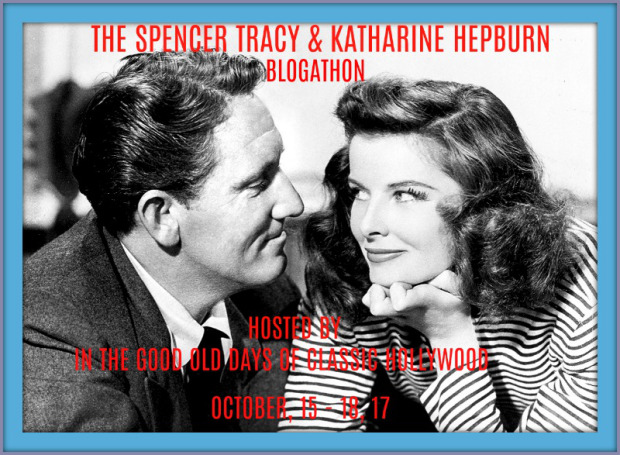
It’s Going to Be a Bumpy Night
***This Review Contains Spoilers***
The disaster film is a genre thought of as being low brow but San Francisco is one of the few with class and sophistication. Like in James Cameron’s Titanic, the viewer is left waiting in suspense for the impending disaster as the emotional stakes rise. When the night of the earthquake arrives the movie draws out the final moments before the disaster; I’m left thinking to myself “It’s coming, it’s coming”. Also was it common back then to hold a ball at 5 in the morning?
The earthquake itself ranks among one of cinema’s greatest disaster sequences with the special effects and studio pyrotechnics making up for the less than stellar projection effects at the beginning of the film. The sequence shows the close up reactions of individuals just before they are killed by incoming debris as it lasts for the same amount of time which the actual earthquake itself did on Five-Thirteen A.M, April 18th, 1906 (or at least according to the movie, other sources state it occurred at 5:12 AM). This is followed by the harrowing sight of death and destruction as Blackie Norton (Clark Gable) walks through the ruins of San Francisco as he observes the horrifying, brutal aftermath in a remarkable section of the film. Even famous silent directors D.W. Griffith and Erich Von Stroheim worked on the film without credit which shouldn’t come as a surprise as the plot of San Francisco would have been ripe for a grand silent melodrama.
On my first viewing, the ending of San Francisco felt far-fetched. I can see many people having an “Oh come on!” reaction but for me at least even on that first viewing, it still worked on an emotional level. However, after contemplating about the ending I have come around to accept the idea that a person, even a non-believer may turn to religion after experiencing something as horrendous as a natural disaster which leaves a trail of death and destruction. Although considering how religious the entire movie is I should have seen it coming not to mention the ending can be justified when looking at the deeper religious parallels within the film.
During the movie Mary Blake (Jeanette MacDonald) performs the opera Faust on stage as we are shown recreations of various portions of the opera; throughout San Francisco there are parallels to the story of Faust. The clash between the moral and immoral, Mary’s tendency to refuse Blackie’s advances, the fire seen at the beginning of the film to lines such as “You can’t take a woman and then sell her immortal soul”. Even during the earthquake’s aftershock, the underworld itself opens up (and one poor sucker falls into it); and at the very end of all this Blackie repents his sinful ways. If you can accept Blackie’s conversion then you still have to deal with the extremely corny, patriotic finale but I can still get a kick out of such cheese.
Jeanette MacDonald, what a voice! The reaction of the churchgoers listening on in awe when she sings in the choir is the same reaction as the viewer; San Francisco is, after all, a vehicle designed for the full range of her talents. Plus that title song is one catchy tune and I’m happy to hear it multiple times throughout the film. Likewise, Spencer Tracy appears in the film for 15 minutes and 58 seconds but he is the actor who leaves the biggest impression acting wise. Father Tim Mullin is the predecessor to Tracy’s Father Flanagan in Boy’s Town. Tracy was an actor who had the ability to play such a saintly character without it being sickly even as he inhabits the office of his church amongst the most heavenly lighting.
Is Blackie an atheist or just non-religious? The first dialogue between him and Father Mullin suggests he may not believe in God; “So you still believe in Santa Claus?” followed by Mullin’s response, “Trouble with you is that you don’t believe in anything”. The character relationship between Blackie and Father Mullin is the same which was seen in Manhattan Melodrama (in which Gable plays a similar character also called Blackie) and later in Angels With Dirty Faces. The two childhood friends who end up taking very different paths in life (one of moral servitude and the other of crime and corruption) yet their friendship prevails despite such contrasting lifestyles and views. Blackie Norton couldn’t be more of a Clark Gable character; a man under great pressure, business owner, runs for political office, has a way with women, cocky, street smart and a loveable jerk. It’s not clear to what extent his criminality runs to other than that he (along with numerous business owners in San Francisco) run his establishment without a license; there was still a bit of the Wild West in 1906 San Francisco.




